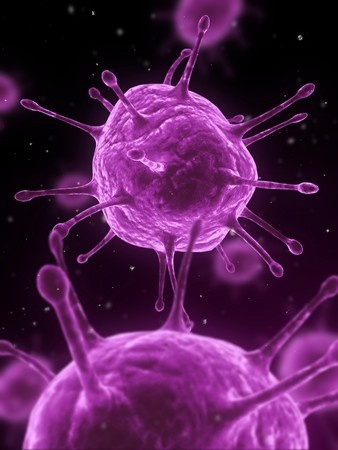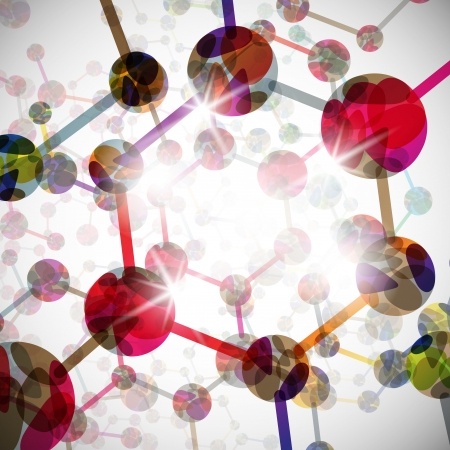This regular feature of STAOblog brings you a sampling of the latest science news that would be of particular interest to your students. Incorporate these stories into your lesson. Or, use them as a “cool attention-grabber” at the start of class. Above all, enjoy the discussion and get your kids excited about science! “SciNews” is published every Monday and Thursday.
Share your favourite SciNews “gems” by emailing them to staoblog@stao.org.
How you use scinews in your class? Share your tips using the comment button.
 Biology
Biology
Germs help each other fend off antibiotics. Science News for Students
Drug-resistant infections are a big — and growing — problem. Most are caused by bacteria that have evolved genetic changes, called mutations, which make them immune to the cell-killing effects of antibiotics. A new study finds that these germs are more likely to survive antibiotics if the bacteria don’t have to face the cell killers alone. By working in groups, bacteria can share chemicals — making each germ better able to resist attacks by the medicines. Read more…
Who We’ve Lost: 12 Animals We’ve Driven to Extinction in the Last 50 Years. World Science Festival.
The rise of humanity has coincided with the decline of many other species—so many, in fact, that some experts think we might be in the middle of a sixth major extinction. The number of species that we know have gone extinct are likely dwarfed by the many that we don’t know about, of course, and the loss seems to be showing no signs of slowing: One recent report from the World Wildlife Fund estimates that the overall number of vertebrate wildlife has declined by more than half since the 1970s (although some scientists are skeptical of the report’s methods). Read more…
 Chemistry
Chemistry
Lightning expected to increase by 50 percent with global warming. Science Daily
Atmospheric scientists looked at predictions of precipitation and cloud buoyancy in 11 different climate models and concluded that their combined effect will generate 50 percent more electrical discharges to the ground by the end of the century because of global warming. The main cause is water vapor, which fuels explosive deep convection in the atmosphere. The more convection, the greater the charge separation and the more cloud-to-ground strikes. Read more…
Hydrangea Colors: It’s All in the Soil. American Scientist
The Hydrangea macrophylla (big-leafed hydrangea) plant is the only known plant that can ‘detect’ the pH level in surrounding soil! One of the world’s most popular ornamental flowers, it conceals a bouquet of biological and biochemical surprises. The iconic “snowball” shaped hydrangea blooms are a common staple of backyard gardens. Hydrangea colors ultimately depend on the availability of aluminum ions(Al3+) within the soil. Read more…
 Physics
Physics
Project seeks to harness – and harvest – the force of Fundy. Globe and Mail.
Five years ago, the Irish company OpenHydro installed a 10-tonne, multimillion-dollar tidal turbine on the floor of the Minas Passage – a narrow body of water dominated by the magnificent basalt cliffs of Cape Split that connects the Minas Basin to the Bay of Fundy. This was a historic first in North America and a test to see if the renowned Fundy tides, known for being the highest in the world, could be harnessed to produce electricity. Read more…
 Earth and Space Science
Earth and Space Science
Baby photos of a scaled-up solar system. Science Daily
Astronomers have discovered two dust belts surrounded by a large dust halo around young star HD 95086. The findings provide a look back at what our solar system may have resembled in its infancy. Read more…
Philae lander results reveal Comet 67P surface is hard ice. CBC News
Data from the Philae lander shows that the comet it landed on has an extremely hard surface that is covered in dust. The Philae lander, the first spacecraft ever to land on a comet, used its MUPUS probe to hammer into the surface of Comet 67P/Churyumov-Gerasimenko “but was unable to make more than a few millimetres of progress even at the highest power level of the hammer motor,” the European Space Agency (ESA) reported Tuesday on its blog for the Rosetta mission, of which Philae is a part. Read more…




